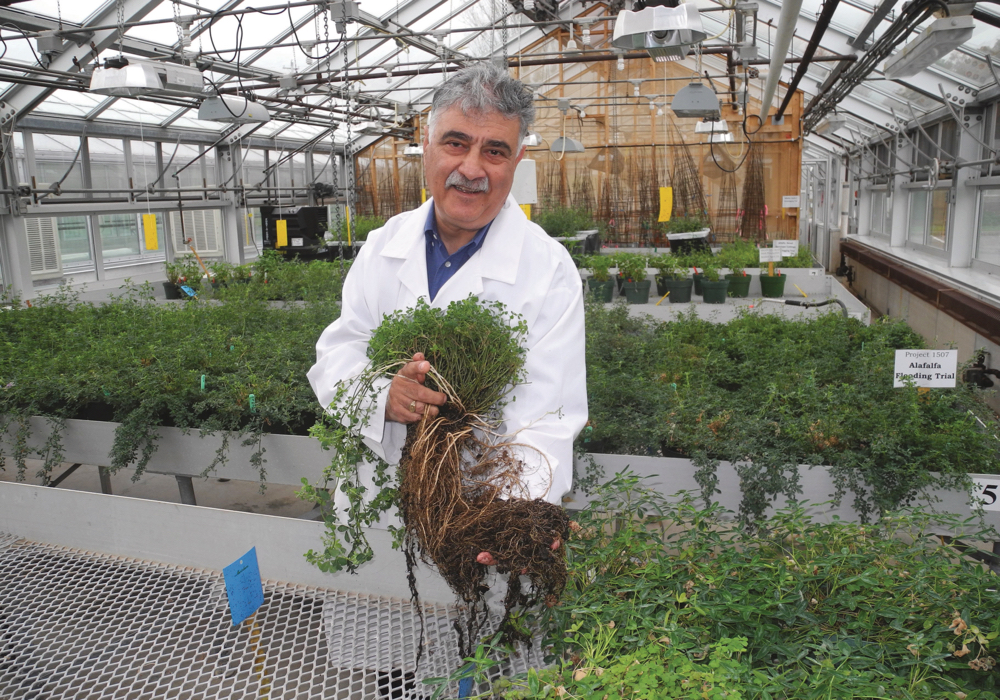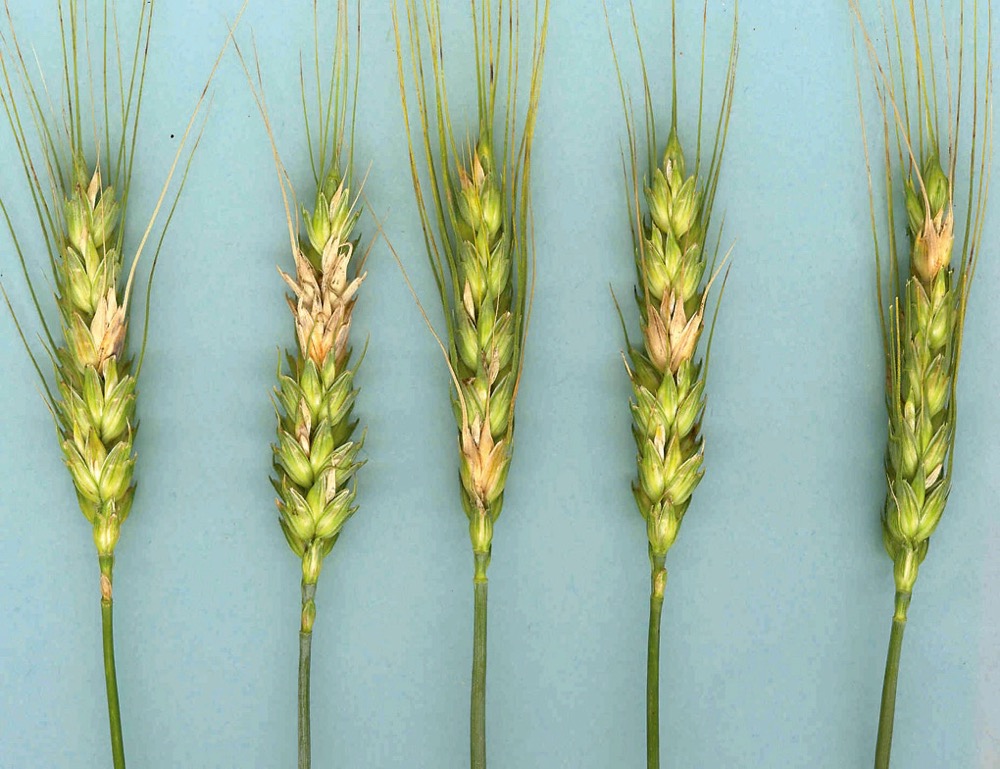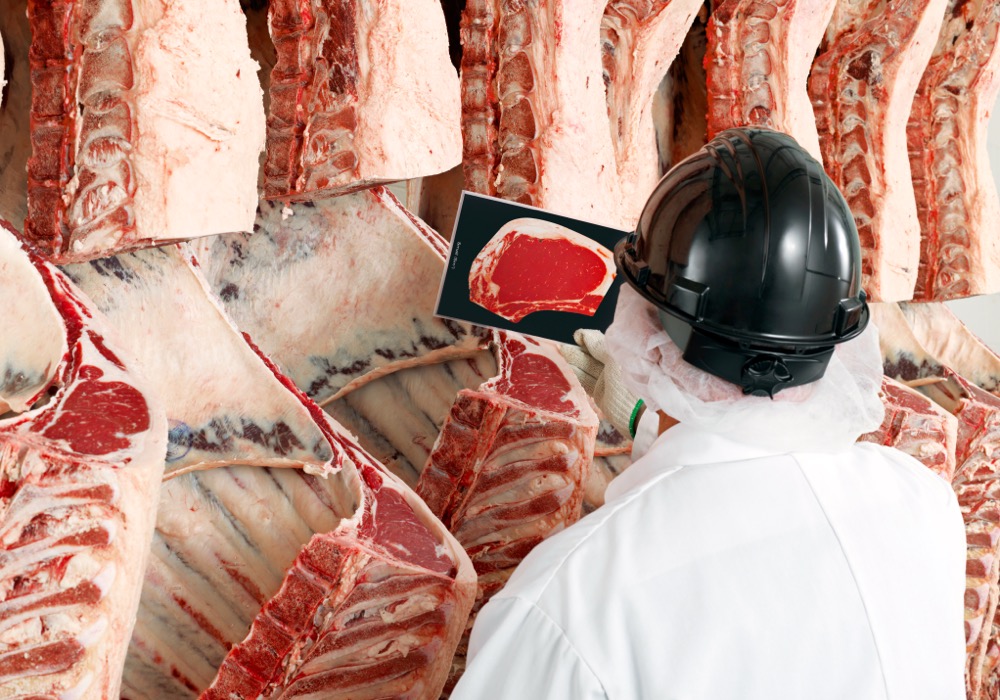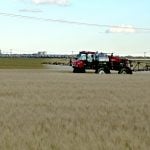*[UPDATED: Jan. 15, 2018] Canadian beef yield grade standards were updated in the new year to match those south of the 49th parallel.
The Canadian Beef Grading Agency announced that the three yield grades of the Canadian beef grading standards will be replaced in January 2019 with five yield grades. The quality grades will remain the same.
The adoption of five yield grade standards is being implemented to align with the American yield grades and create transparency with the U.S., given its role as Canada’s biggest export client of beef. This change will also allow for the industry to develop management practices for targeted finishing by creating a greater distinction between low and high carcass yields.
Read Also
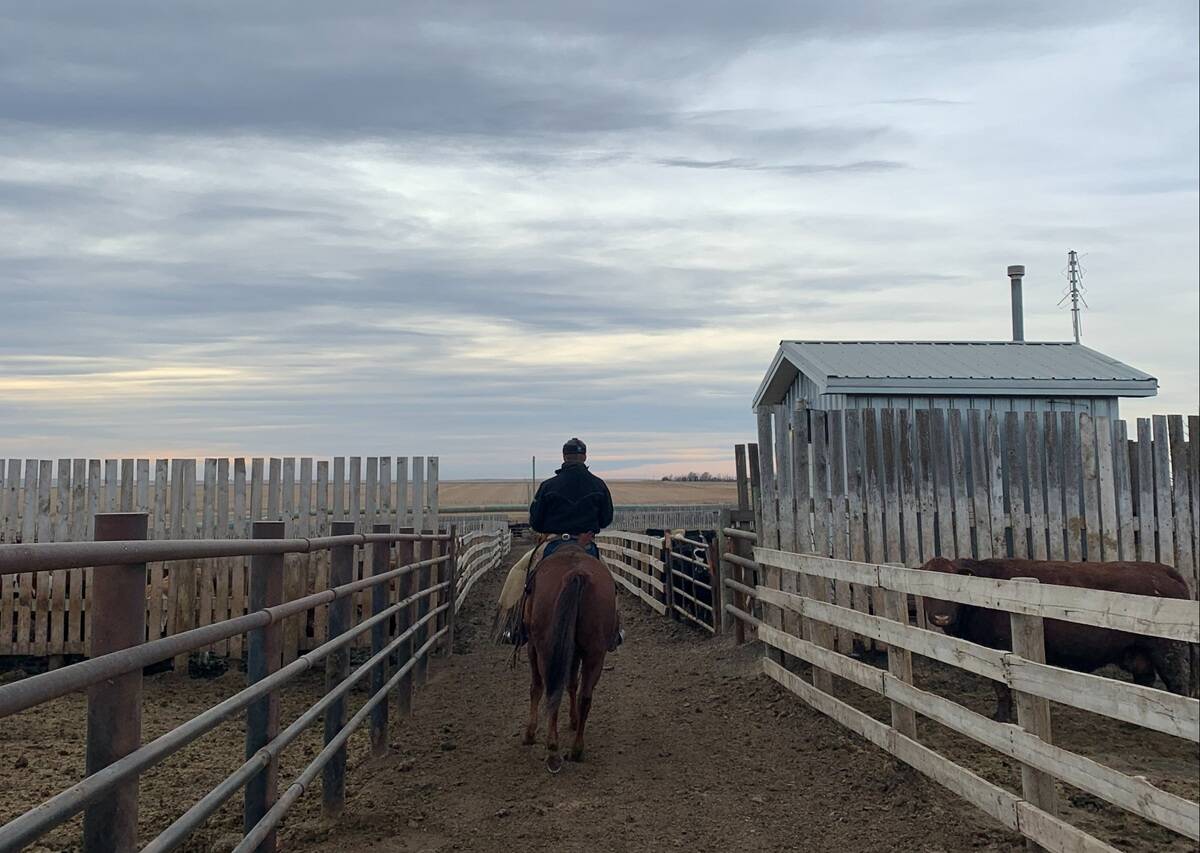
Pen riders still better than tech at detecting respiratory disease in feedlot cattle, says researcher
Recent research found that pen riders are better than tech at flagging signs of BRD in feedlot cattle
This change to the beef yield grade standards is connected to the Safe Foods for Canadians Act, coming into effect January 15, 2019. Óscar López Campos, research scientist with Agriculture and Agri-Food Canada, and his team at the Lacombe Research and Development Centre were tasked with the research and testing required to develop and validate the new standards. This work was supported by the Canadian Food Inspection Agency’s national standards officer, as well as beef graders across the country.
The original method used to predict lean yield was introduced in April 1992, then updated in 2001 when regulations changed to reduce the minimum amount of backfat thickness. Through the current standards, a grader makes an estimate of lean yield once a carcass is given a Canada Prime grade or one of the A grades. An estimated yield of 59 per cent or more qualifies for Canada 1, or Y1, while 54 to 58 per cent fall into Canada 2 (Y2) and 53 per cent or less is considered Canada 3 (Y3).
In the American standards, United States Department of Agriculture (USDA) Yield Grade 1 is given to carcasses with an estimated yield of more than 52.3 per cent. USDA Yield Grade 2 is 50 to 52.3 per cent; Yield Grade 3 is 47.7 to 50 per cent; Yield Grade 4 is 45.4 to 47.7 per cent; and Yield Grade 5 is less than 45.4 per cent.
Once the five new yield grades are finalized and verified, an objective measuring tool will be created to accompany the new standards. More information on this, as well as training for graders, will follow soon. Visit the Canadian Beef Grading Agency’s website for more information.
*UPDATE: A previous version of this article stated that USDA Yield Grade 1 is given to carcasses with an estimated lean yield of more than 52.3 per cent. In fact, USDA yield grades estimate the amount of boneless, closely trimmed retail cuts from the high-value parts of the carcass. They also show differences in the total yield of retail cuts.






